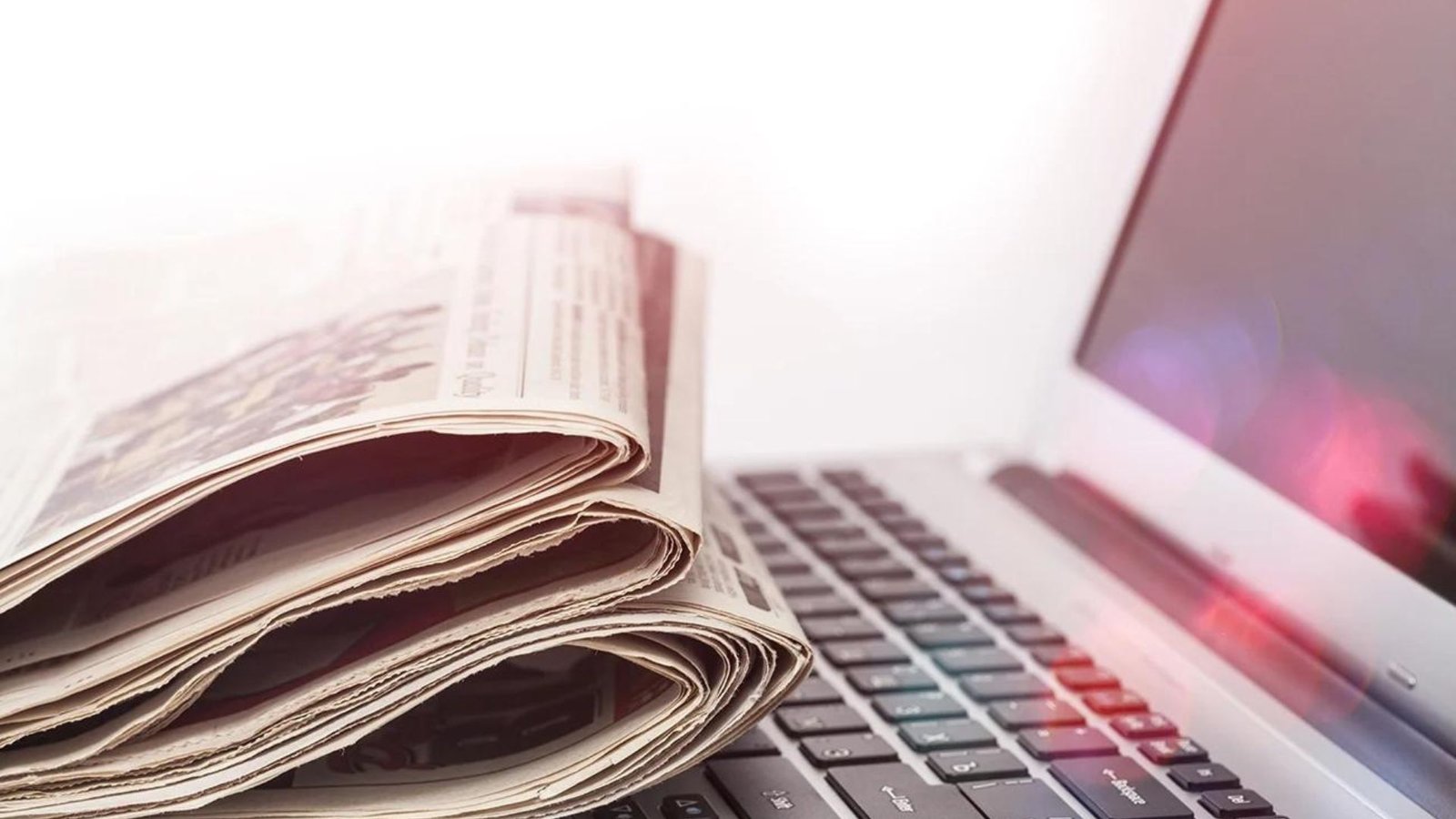Preparing for press conference Q&A sessions is crucial for handling media interactions effectively and maintaining control of the narrative. A well-prepared Q&A session can enhance your organization’s credibility and ensure that your key messages are communicated clearly. This guide provides essential strategies for preparing for Q&A sessions at press conferences.

Anticipating Potential Questions
Anticipating potential questions helps you prepare thoughtful responses and handle media inquiries with confidence.
Conduct a Thorough Media Review
Firstly, conduct a thorough review of the media landscape and current news trends related to your announcement. This helps you anticipate the types of questions journalists might ask.
Example: “Analyze recent news articles and media coverage related to your topic to identify common themes and potential questions.”
Develop a List of Likely Questions
In addition, develop a list of likely questions based on your announcement and potential areas of interest or concern. This allows you to prepare comprehensive answers in advance.
Example: “Create a list of probable questions, such as inquiries about the impact of your announcement or specific details about your product, and draft clear, concise responses.”
Prepare Responses for Tough Questions
Moreover, prepare responses for tougher or more challenging questions that may arise. This ensures that you are ready to address difficult topics without hesitation.
Example: “Draft answers for potential tough questions, such as those related to controversies or criticisms, and practice delivering them calmly and confidently.”
Training Spokespeople
Effective training of spokespeople is essential for ensuring that they handle Q&A sessions professionally and effectively.
Conduct Media Training Sessions
Firstly, conduct media training sessions for your spokespeople to familiarize them with the press conference format and typical media interactions. This training should include practice with Q&A scenarios.
Example: “Organize media training workshops that simulate press conference Q&A sessions, allowing spokespeople to practice their responses and refine their delivery.”
Emphasize Key Messages
In addition, emphasize the key messages that spokespeople should convey during the Q&A session. Reinforcing these messages helps ensure consistency in your communication.
Example: “Review your key messages with spokespeople and provide guidance on how to incorporate these messages into their responses during the Q&A session.”
Practice Handling Difficult Questions
Moreover, practice handling difficult questions with spokespeople to build their confidence and prepare them for challenging scenarios.
Example: “Role-play difficult questions and answers with spokespeople to help them develop effective strategies for addressing challenging topics.”
Managing the Q&A Session
Effective management of the Q&A session is crucial for maintaining control and ensuring that the session runs smoothly.
Set Ground Rules
Firstly, set clear ground rules for the Q&A session to ensure that it remains focused and productive. This includes guidelines for how questions will be selected and answered.
Example: “Establish rules such as limiting the number of questions from each journalist and specifying the order in which questions will be addressed.”
Control the Flow of Questions
In addition, control the flow of questions to ensure that the session remains organized and on track. This may involve directing questions to specific spokespeople or managing the timing of responses.
Example: “Use a moderator to manage the flow of questions, ensuring that each question is addressed in a timely manner and that the discussion remains focused on relevant topics.”
Handle Interruptions Professionally
Moreover, handle interruptions or disruptions professionally to maintain a positive atmosphere during the Q&A session.
Example: “Address interruptions calmly and politely, refocusing the discussion on the topic at hand and ensuring that all questions are answered appropriately.”
Providing Additional Information
Providing additional information after the Q&A session helps address any remaining queries and reinforces your key messages.
Offer Follow-Up Resources
Firstly, offer follow-up resources such as additional press materials, detailed reports, or contact information for further inquiries. This provides journalists with more information and supports their reporting.
Example: “Distribute follow-up materials, such as press kits or fact sheets, that provide comprehensive information on your announcement and address any remaining questions.”
Schedule Follow-Up Interviews
In addition, schedule follow-up interviews with key spokespeople or subject matter experts to provide journalists with the opportunity for more in-depth coverage.
Example: “Arrange one-on-one interviews with key executives or experts to allow journalists to explore specific aspects of your announcement in greater detail.”
Evaluating the Q&A Session
Evaluating the Q&A session helps assess its effectiveness and identify areas for improvement.
Gather Feedback
Firstly, gather feedback from participants and journalists to understand their perceptions of the Q&A session and identify any areas for improvement.
Example: “Conduct surveys or informal feedback sessions with journalists and attendees to gather insights on the effectiveness of the Q&A session.”
Analyze Media Coverage
In addition, analyze media coverage resulting from the Q&A session to evaluate how well your responses were received and whether key messages were conveyed effectively.
Example: “Review media articles and reports to assess how your answers were portrayed and whether your key messages were accurately communicated.”
Review Internal Performance
Moreover, review the performance of your spokespeople and the management of the Q&A session to identify any areas for improvement.
Example: “Evaluate the effectiveness of your spokespeople’s responses and the overall management of the Q&A session to refine your approach for future press conferences.”
Conclusion
In conclusion, effective preparation for press conference Q&A sessions is essential for managing media interactions and ensuring a successful event. By anticipating potential questions, training spokespeople, managing the session efficiently, and providing additional information, you can handle Q&A sessions with confidence and professionalism. Evaluating the session afterward helps refine your approach and improve future interactions with the media.




